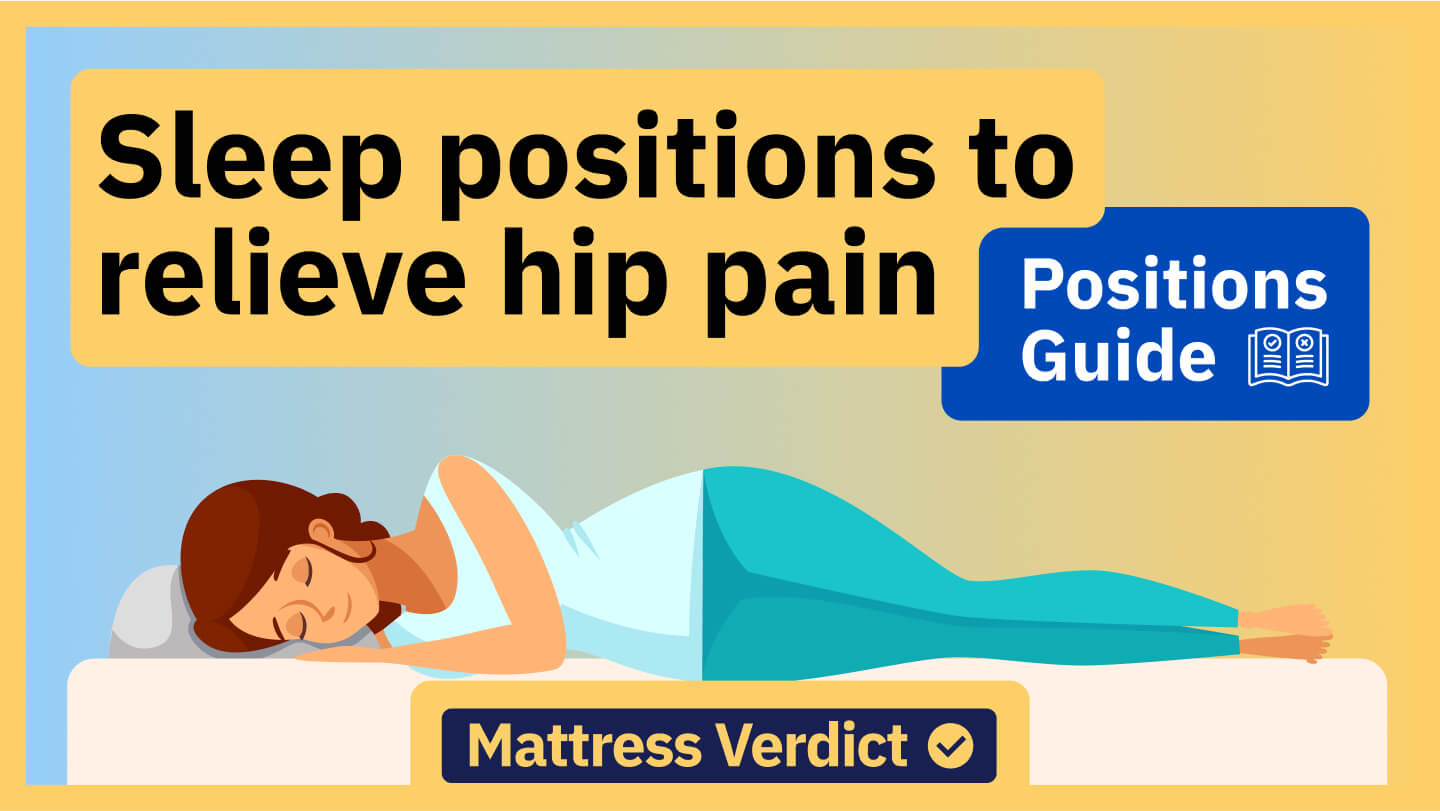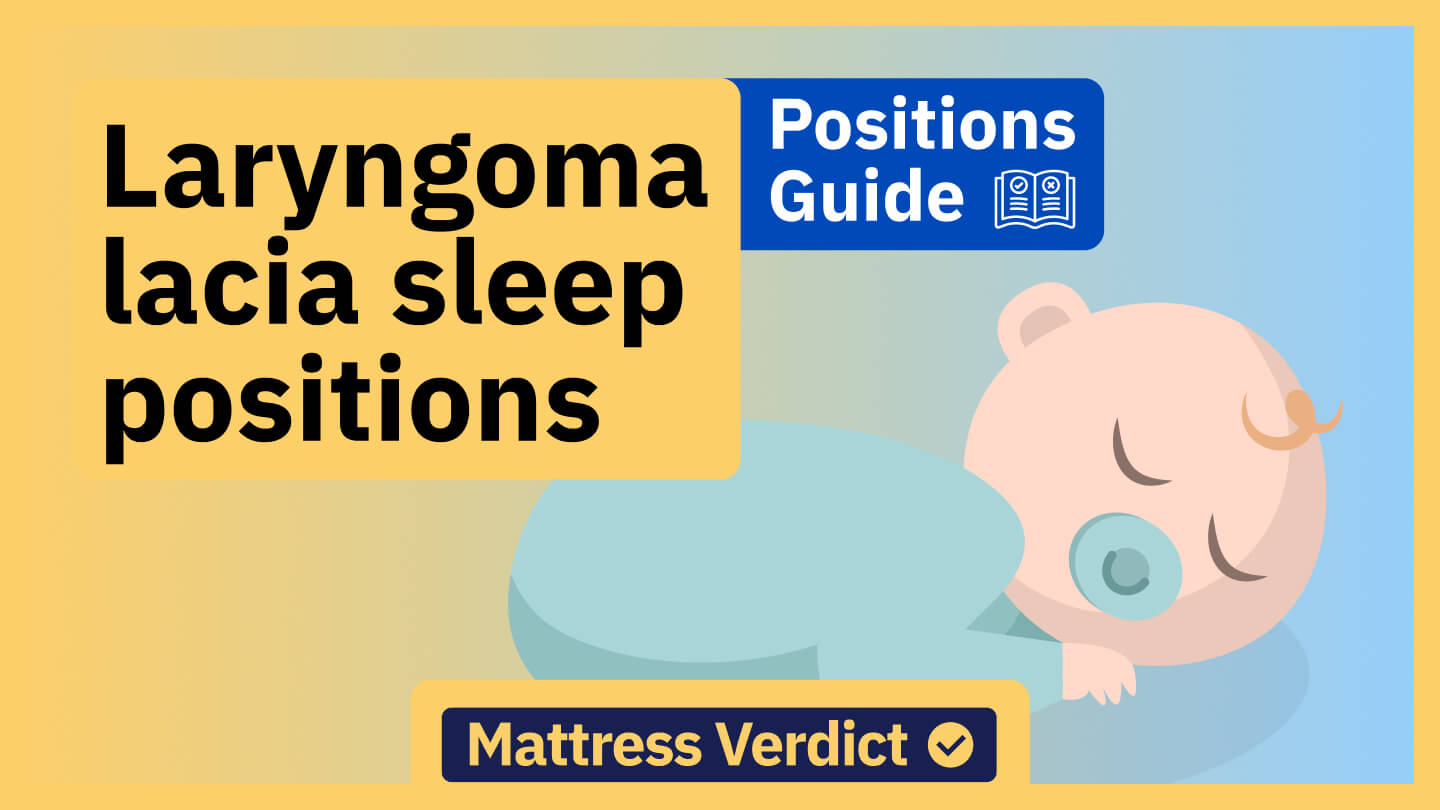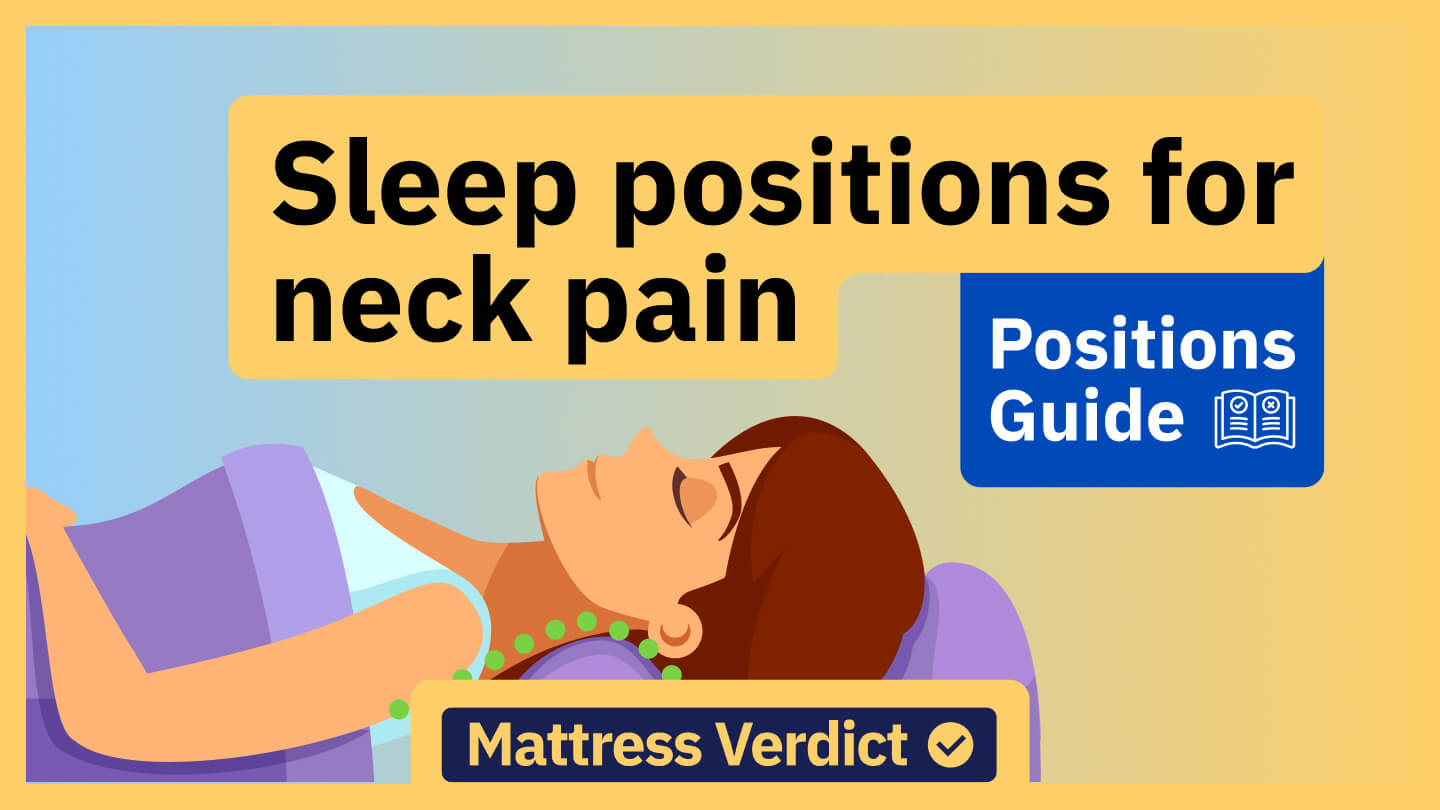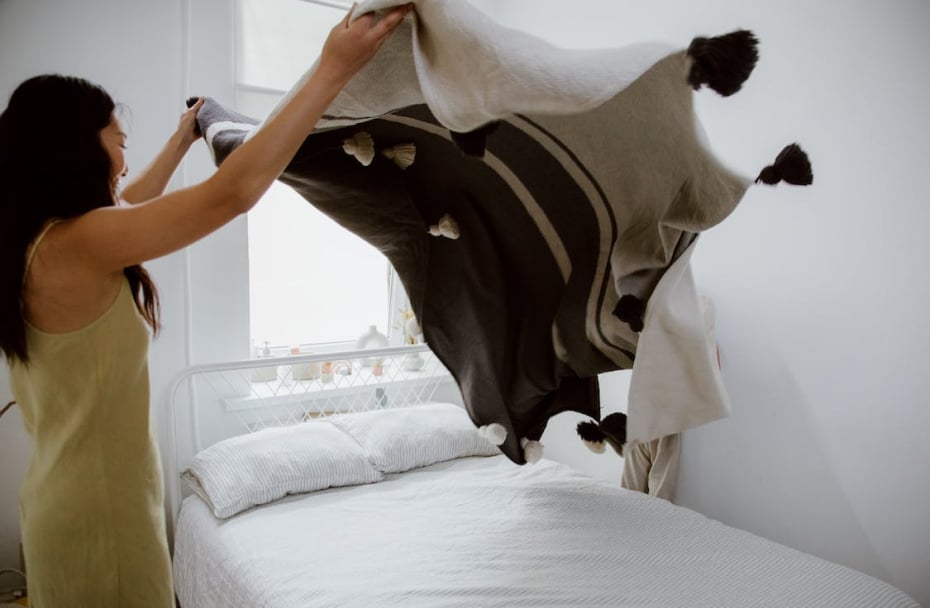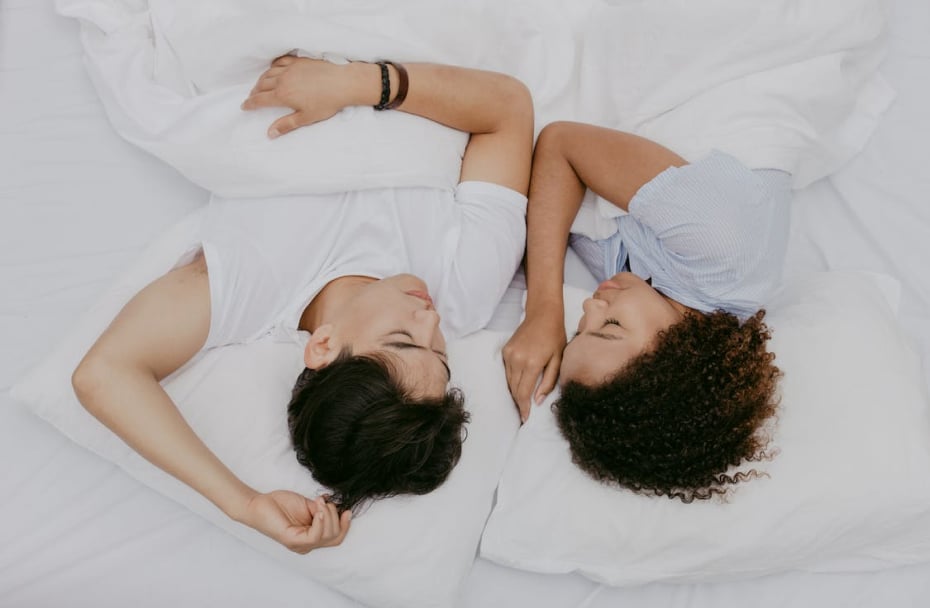



Falling asleep is fabulous. It’s one of those times when we literally follow our dreams. Getting a restful night’s sleep is also one of the best things you can do to improve your health and personal life. People who enjoy better sleep fall sick less often, tend to be more productive, and get along well with others.
To enjoy quality Z’s, however, you must take your time to create a sleep-conducive environment. Choosing the right sleepwear is part of that puzzle- and for good reason.
The Role of Sleepwear in Sleep Quality
Maintaining a regular sleep routine helps get better quality sleep. In addition to taking a warm bath and setting a time for lights off, comfortable sleepwear can enhance sleep quality by promoting relaxation. Our bodies love routine. Switching from conventional clothes to dedicated sleep wear is a sure-fire way to signal your body that it’s time for sleep.
Quality sleep wear is designed with body temperature regulation in mind. It works with your mattress to prevent you from overheating or feeling cold. This promotes optimal sleeping temperature increasing the chances of deep sleep. Deep sleep is the most important sleep stage because this is when the human growth hormone is released.
So, what’s the best thing to wear to sleep?
Fabric Matters
Natural fabrics like cotton, silk, fleece, and bamboo are the best options for sleepwear fabric. Your choice will narrow down to your climate and whether you want your sleeping clothes to warm you up or keep you cool.
- Cotton sleepwear
Cotton sleepwear is ideal for people who sleep hot because it’s incredibly breathable and moisture-wicking. On the downside, cotton sleeping clothes don’t insulate well, meaning they are more likely to keep you on the cooler side.
- Bamboo sleepwear
Bamboo is a popular choice in the sleepwear space because of its excellent temperature regulation. Bamboo sleepwear has superior airflow and is moisture wicking, meaning it’s usable across all seasons.
- Silk sleepwear
Silk pajamas are an awesome pick for individuals who prefer super soft fabrics. Beyond its softness, silk sleepwear is breathable, making it perfect for summer use. Even better, while silk is moisture-wicking, it does not leave your skin dry as cotton does.
- Fleece sleepwear
Fleece is considered one of the best sleepwear fabrics for keeping the sleeper warm. Fleece holds onto your body heat instead of dispersing it, making it the best choice for cold winter nights.
The Perfect Fit
Restrictive clothing for sleep is uncomfortable. Actually, sleeping clothes that hug you tightly can cause overheating, skin irritation, and even circulation problems. Go for loose-fitting pajamas as they have higher scores of comfort and ease of movement. They shouldn’t be too loose, though, as these can make you feel tangled up.
Temperature Regulation
Sleepwear and temperature regulation is another extremely important consideration when buying sleeping clothes. Make sure your sleeping wear matches your body type. Hot sleepers who struggle sleeping cool at night should consider cooling sleepwear made of wool, silk, linen, and Tencel. Likewise, if you are a cold sleeper, you will love thermal sleepwear because they are designed to retain body heat when temperatures dip.
Considerations for Different Seasons
The different types of sleep wear fabrics available means there are pajamas for different seasons. Lightweight and breathable sleepwear like cotton, bamboo, and silk are ideal for keeping you cool during hot summer nights.
Chilly nights call for winter sleepwear, an area that fleece performs particularly well. The thick pile of synthetic fibers enables this material to hold onto body heat better than other materials. Flannel is a great option if you prefer all-natural materials. In that case, we recommend going with a two-piece set with a button-up top that allows you to layer thermal sleepwear underneath it.
Comfortable Design
Comfortable sleepwear design is everything when choosing your next pajama set. Consider pajamas with tagless labels and soft seams if these tend to make you itch or break out into a rash. Lastly, nothing beats adjustable waistbands. The drawstrings make it easy to achieve a nice and snug fit, so the pants won’t sag down while sleeping.
Personal Preferences
Of course, sleepwear fabric and type are individual choices. Do you. Bake the tips above into your personal sleepwear preferences and go for a set of pajamas that ticks all the boxes for you: budget, comfort, style, and ease of cleaning.
Conclusion
Choosing the right sleepwear is extremely crucial for sleep quality optimization. While the style (one-piece vs two-piece) and type of fabric are personal preferences, you want comfortable sleepwear that promotes temperature regulation throughout the night for better sleep.
FAQs
What fabric is best for sleepwear?
Thermal cotton, silk, bamboo, flannel, and fleece are among the most popular sleepwear fabrics.
Does sleepwear affect sleep quality?
Pajamas directly affect the quality of sleep by promoting relaxation, temperature regulation, good hygiene, and ease of movement.
What type of sleepwear is suitable for hot weather?
Cotton makes comfortable sleepwear for use on hot summer nights because it’s soft, lightweight, breathable, and moisture-wicking.
Are there specific sleepwear options for cold weather?
Fleece, flannel, wool, and thermal are excellent winter sleepwear choices because they trap heat, keeping your body a bit warmer.
Should sleepwear be loose or tight-fitting for better sleep?
Sleepwear for better sleep should have a relaxed fit; not too big or too tight. Pajamas that are too tight restrict movements and can easily cause overheating. You don’t want them too loose, though, as you won’t benefit from their relaxing and temperature-regulating benefits.
Can sleepwear preferences vary from person to person?
Of course, the ideal sleepwear for better sleep varies between individuals based on factors, such as skin sensitivity and whether they sleep hot or cold.
